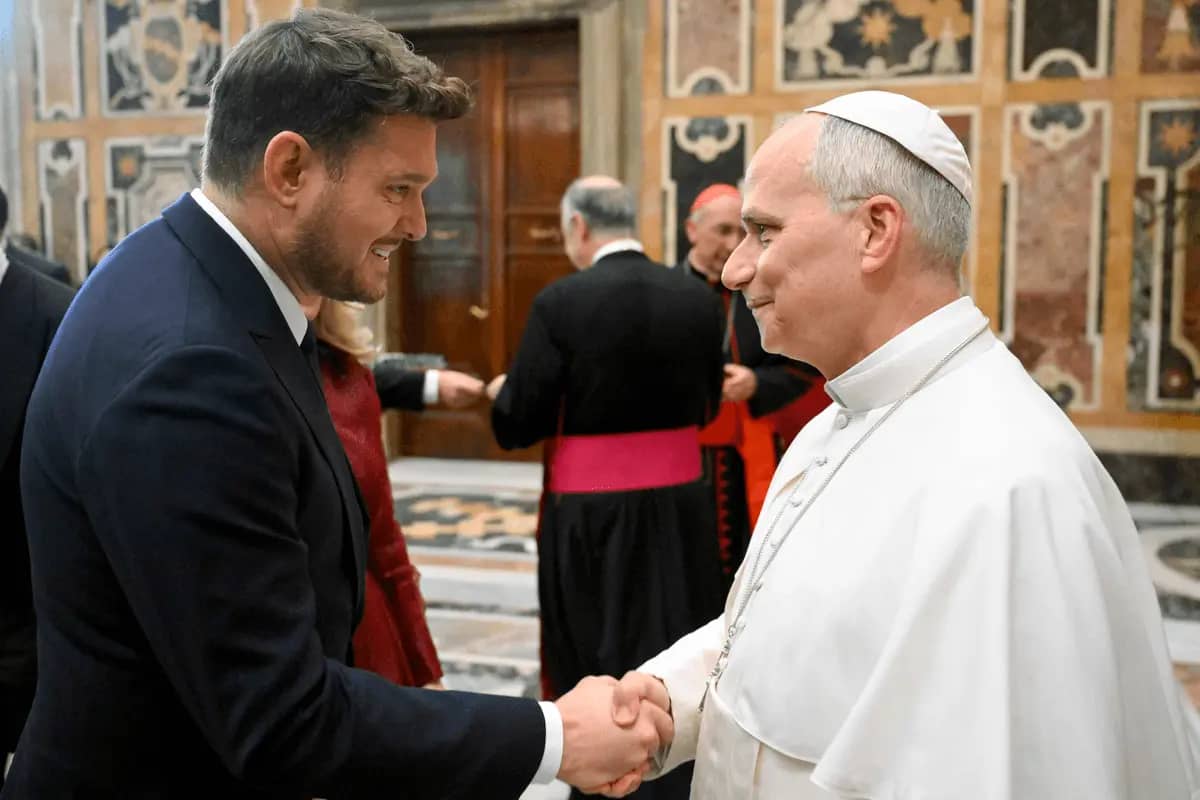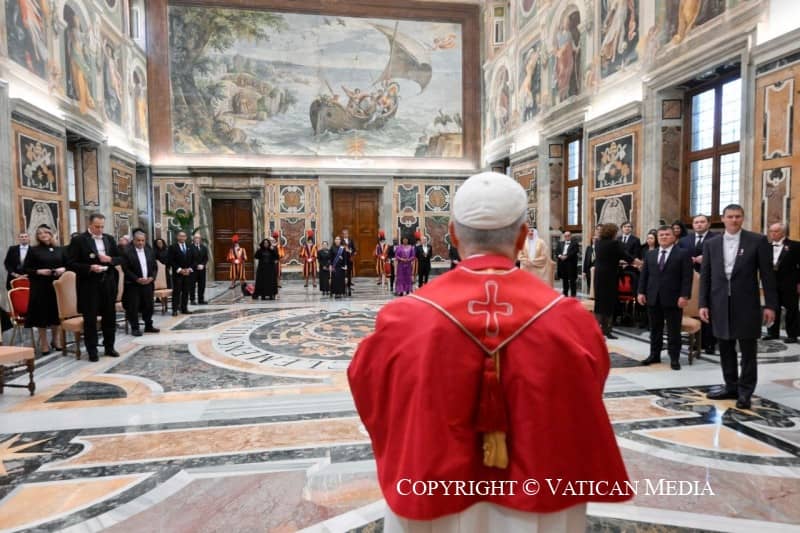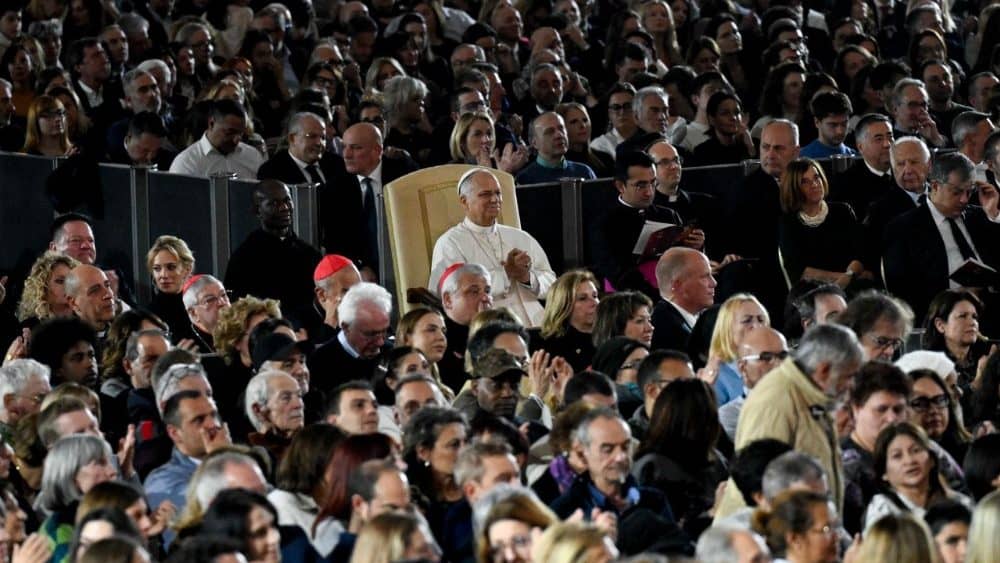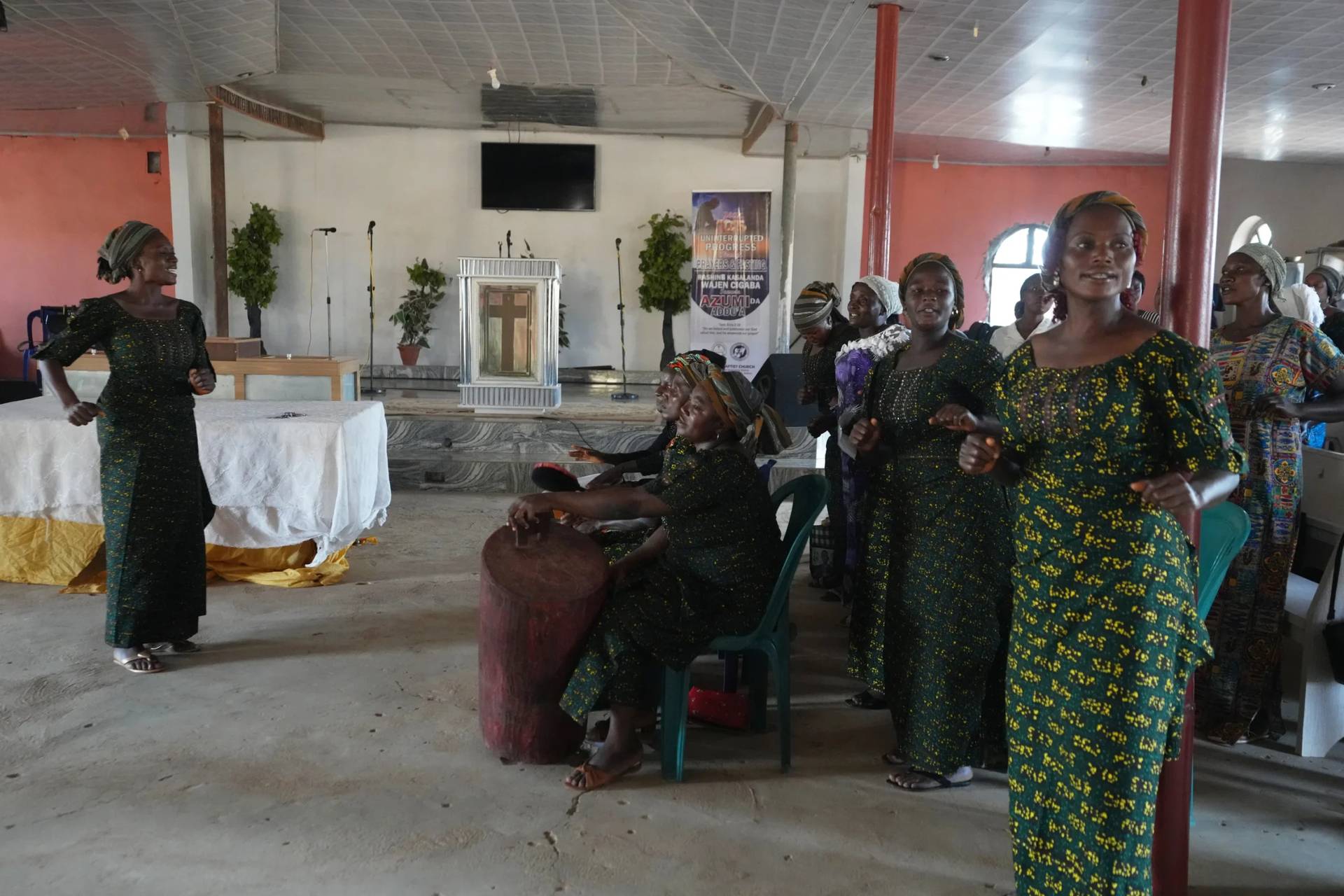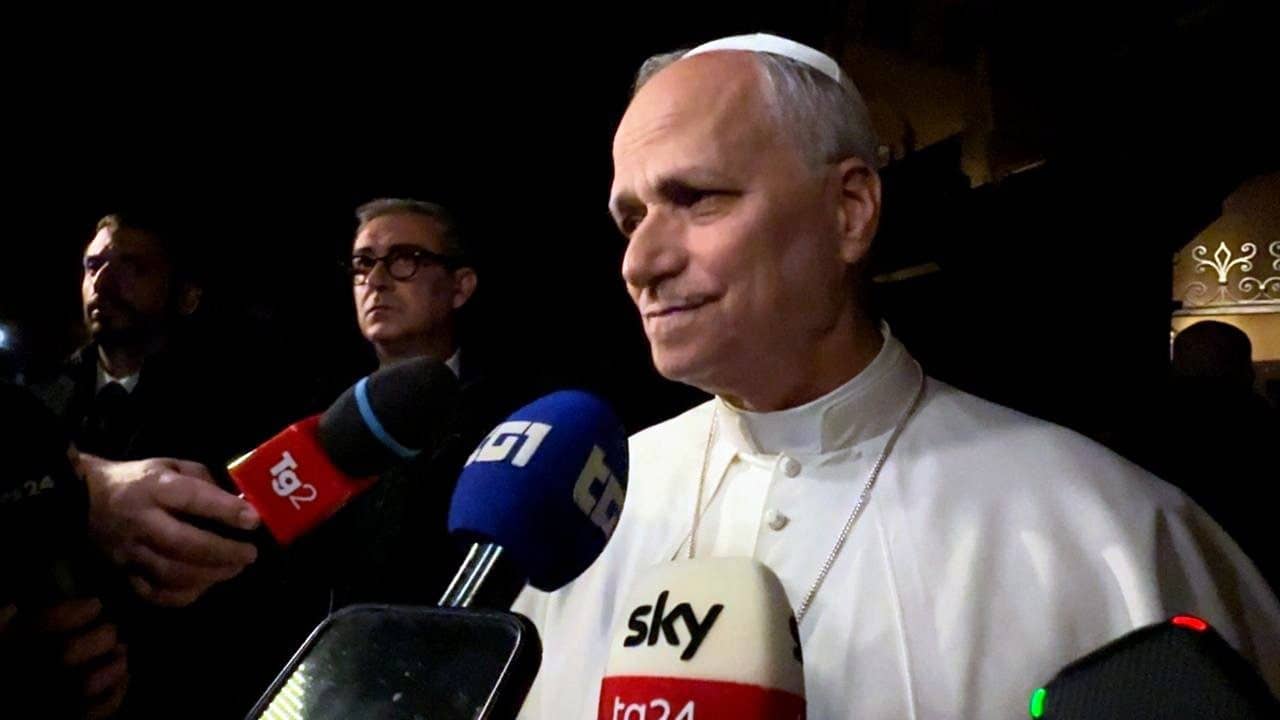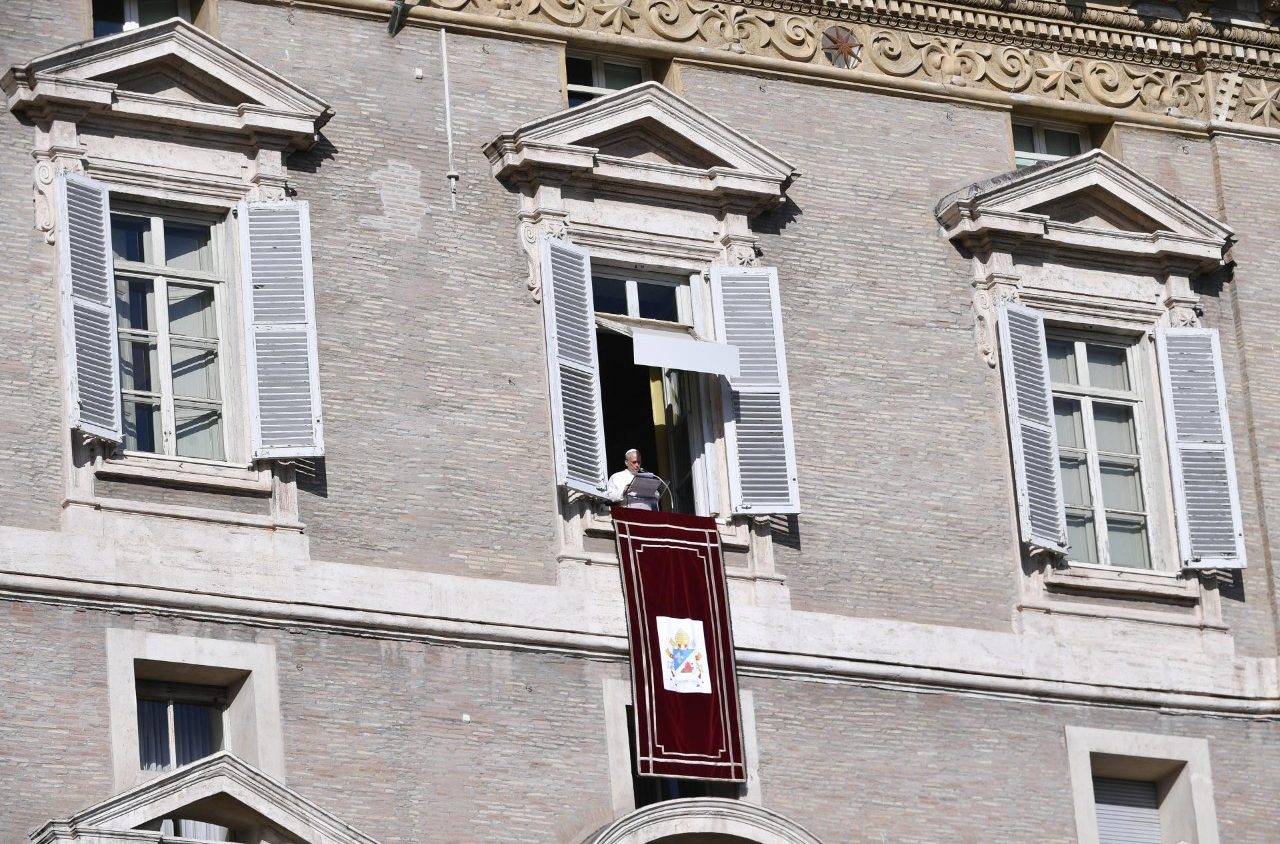ROME — If all politics is, indeed, local, then one probably shouldn’t expect Pope Francis’ focus on the environment and climate change to diminish anytime soon, as his own backyard in Rome and across Italy struggles with one of its most pronounced ecological crises in recent memory.
A combination of a prolonged drought, now reaching more than 60 days without rain in Italy’s large cities, and elevated levels of harmful particulates in the air has created a smog crisis so severe that this week, Milan took the virtually unprecedented step of blocking cars in the city center from 10 a.m. until 4 p.m., threatening people with fines ranging from $180 to $730 for driving without permission.
Rome has adopted a slightly less draconian measure, permitting cars in the city center with odd or even numbered license plates on alternate days, and providing discounts for the use of public transportation.
That’s not, however, because the problem is any less severe in the Eternal City.
A government report released Tuesday estimates that 1,400 Romans die every year from factors aggravated by environmental pollution, and this week a local federation of family physicians recommended keeping children indoors and limiting outdoor sports for as long as the smog crisis persists.
The same federation reported a significant surge in respiratory illnesses, sinus problems, and laryngitis in Rome over the past month, linking those problems to the current environmental situation. Public alarm has become sufficiently pronounced that on the streets of Rome, one can see a growing number of people wearing surgical masks in an effort to protect themselves.
Local epidemiologists have created a web site with continuously updated maps of the city showing concentrations of harmful particulates, which confirm that the Vatican is located in the middle of one the generally most polluted zones.
Other Italian communities have taken more drastic steps to try to limit the smog.
In the city of Frosinone, located about an hour southwest of Rome and dubbed by a new study the most polluted city in the country, the mayor imposed a total ban on auto traffic beginning Monday and lasting through New Year’s Eve, declaring that “the right to health should be considered a priority with respect to everything else.”
On Tuesday, an emergency summit meeting of Italian mayors and regional governors is scheduled to take place in Rome to address the crisis.
In that context, Italian politicians and civic leaders of all stripes have been citing the environmental positions staked out by Pope Francis as a roadmap.
“To exit from this problem, we need to adopt new styles of life as Pope Francis asked in his encyclical Laudato Si’,” said Mayor Nicola Ottaviani of Frosinone, referring to the ecological manifesto issued by Francis in June 2015.
The environment was a major preoccupation for Francis throughout 2015, with much of his attention focused on the United Nations-sponsored Cop21 summit on climate change in Paris. During a visit to the headquarters of the UN Environment Program in Nairobi, Kenya, shortly before the summit began, he warned that it would be “catastrophic” if it failed to adopt strong new limits on greenhouse gas emissions.
Some observers gave the pontiff partial credit for the outcome in Paris, where the 196 participating states pledged to limit global warming to less than 2 degrees Celsius with respect to pre-industrial levels. Alison Doig of Christian Aid, an NGO that monitored the summit, said the pope’s leadership had a “transformative” effect in making climate change a moral and spiritual issue.
Certainly if Italians have anything to say about it, the pope’s outspokenness on environmental issues won’t diminish. On Monday, a representative of Italy’s Green Party expressed hope for “an encyclical a week” from Francis on the subject.
There’s also some indication that the pontiff’s teaching, combined with Italy’s mounting environmental challenges, is having some impact on local Church practice.
In the Frosinone diocese, Bishop Ambrogio Spreafico, former rector of Rome’s prestigious Urban University, has launched a project to encourage “social agriculture” on abandoned or unused land, and has also invited experts to create a model for sustainable forest management on a large swath of land belonging to the diocese where the former seminary of Veroli is located.
Spreafico said that he hopes those initiatives will offer alternatives to what he described as “savage industrialization” in the area, blaming it for augmenting the city’s ecological problems.
In the meantime, Italy may get some good news on the weather front. At the moment, forecasts call for rain and even snow in the northeastern part of the country around Jan. 2 and 3, with another front supposed to bring additional precipitation around Jan. 5 and 6.






